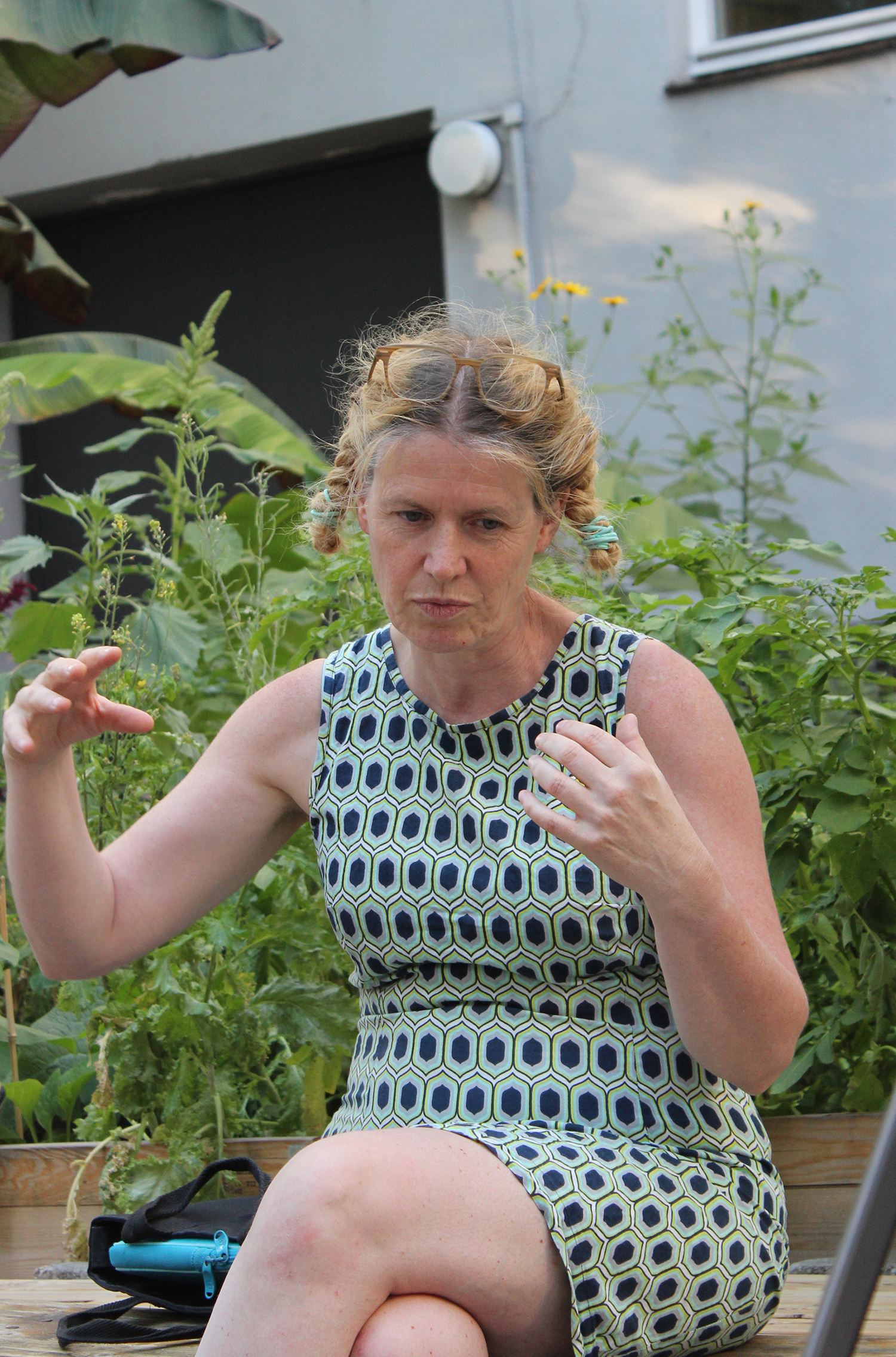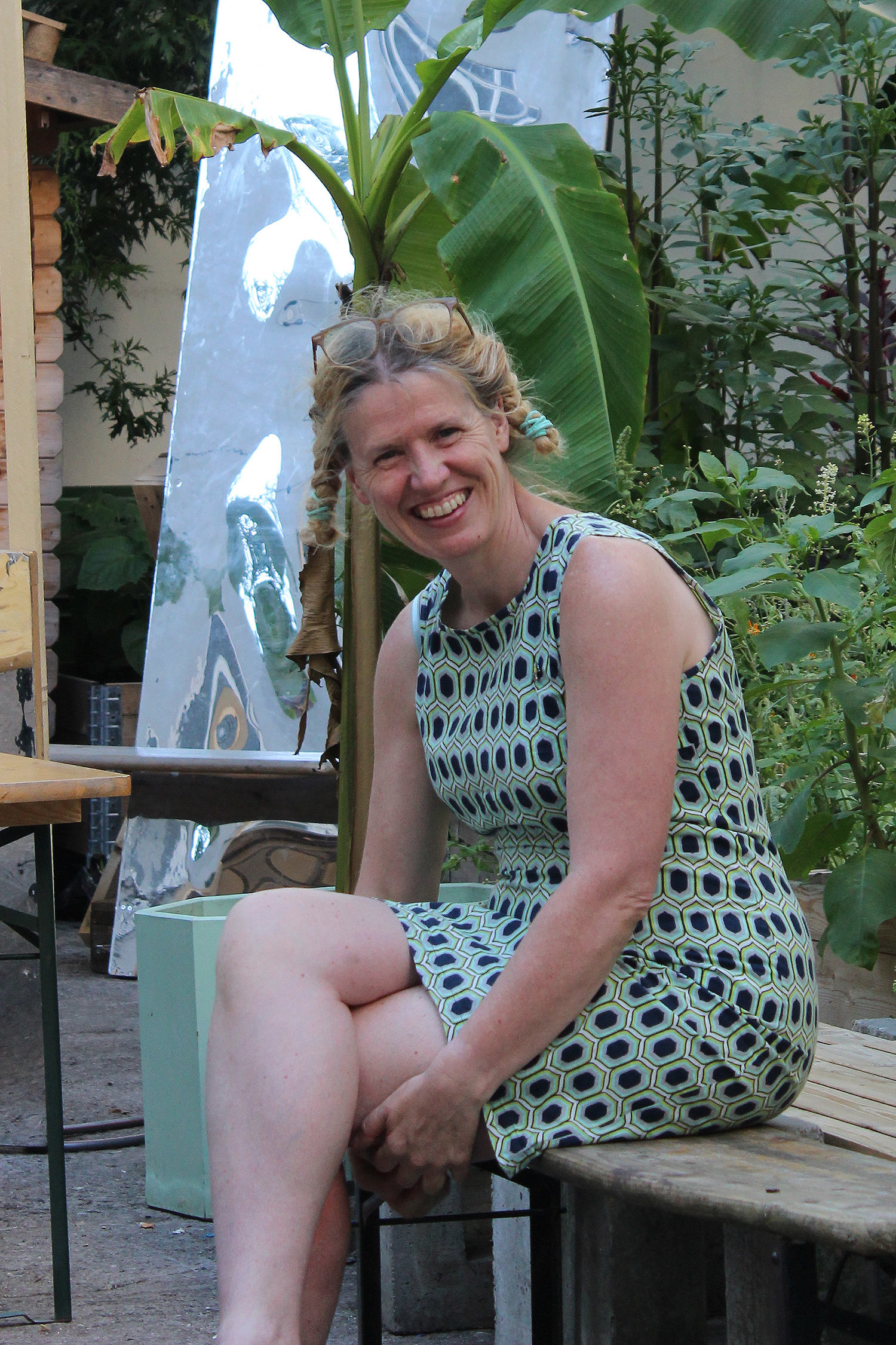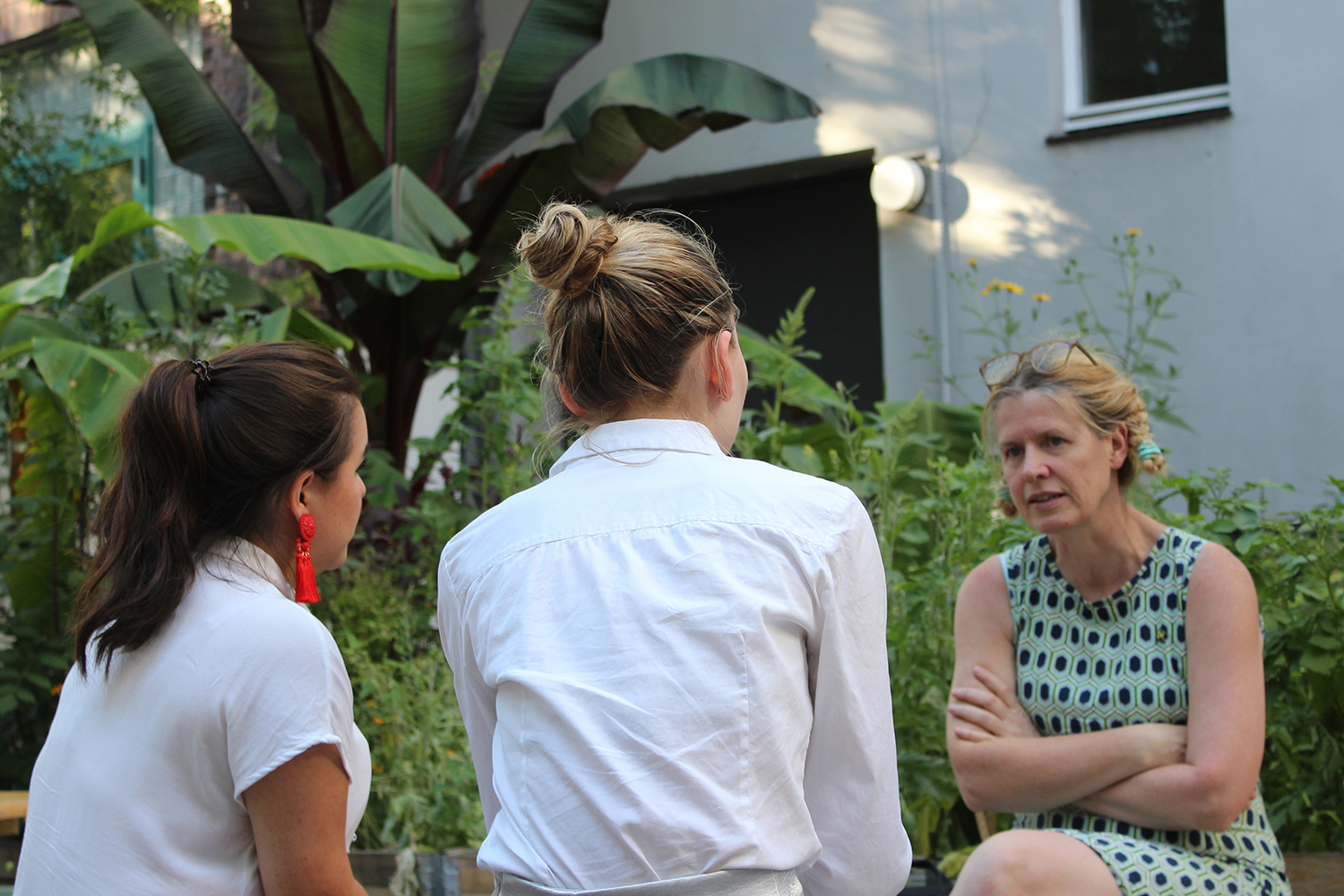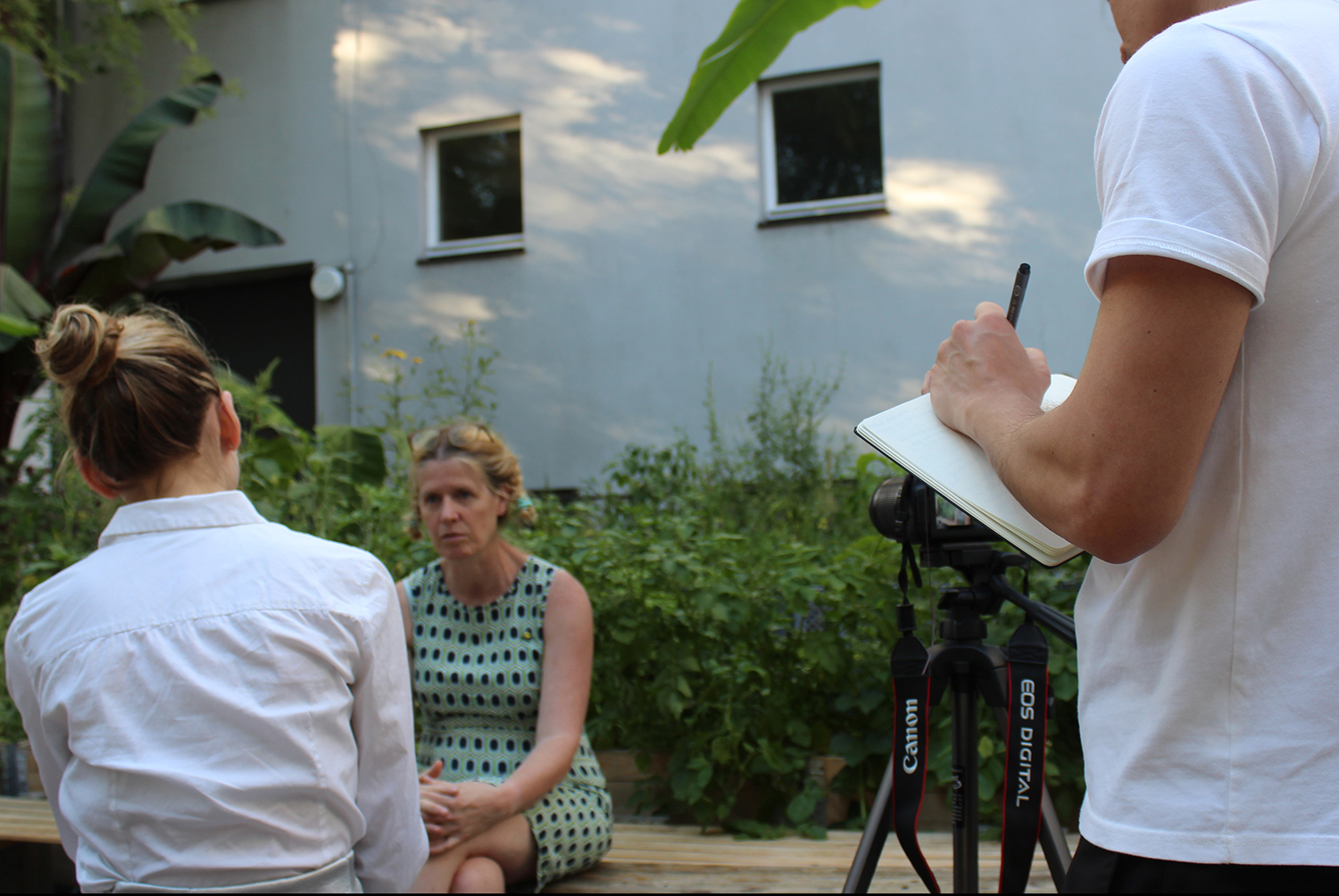Professorin Design and Social Context an der UdK Berlin
“We are in an interesting time where we are extremely aware of the fact that we should produce less.”
You are now a design professor at the UdK. What are young design students bringing to the table? What are they missing?
We live in interesting times where we are extremely aware of the fact that we should produce less. The big problem is, of course: if we are interested in designing, how are we going to deal with designing less? We as designers are, in a way, part of the problem of overproduction. My students and me, we are interested in how we can find alternatives for producing less. Sustainability is one of the things in it, but that is also kind of a magic word. Because it is used incorrectly a lot. And I think the task is to find more answers and to go into depths.


Is this the most important thing to learn for students?
This is one of the biggest topics. But what they also really need to learn is to deal with reality. Because design has moved into conceptional thinking a lot. I’m from Holland, where some people say conceptional thinking in design was invented. We are now at a point where we have to think what these concepts really bring to the table. If we just bang out a lot of concepts in the world and we don’t take care of the rest, like thinking afterwards, we have huge problems. It is like if we build a kindergarden, but forget to feed our children afterwards.
“It's about creating awareness. And people actually love that.”
How is overproduction a problem?
What you see nowadays is that many companies realize that consumers have started to consume less: the young generation is not interested in buying so many things. If you look at the world, for example, we find the concept of buying second hand products around us, which is also now perfectly working. Some things that used to be classic things to have, like a car or a house, are not a big issue anymore for young people.
What are the biggest changes or problems that design will be facing in the future?
I worked in London with an open source platform called OpenDesk, where you can order furniture through digitalized processes: this means we don’t have to move around loads of furniture around the world. We can make it when we need it and where we need it and this is for me very, very interesting. Digitalization offers fantastic opportunities to produce just what you need and not more.

“We are in an interesting time where we are extremely aware of the fact that we should produce less.”
There are people who see a special worth for vintage pieces which are made to last almost forever. How can these two preferences be combined?
I think they will always be together and to be honest I think they are growing right next to each other. My mother, for example, during her time, it was a bit of a shame to buy second hand stuff because that was a sign of you being a poor person: you could not afford something new. Now it is almost a cool thing to buy second hand, and people have no problems with that. I think that is also one of the advantages of these worlds running next to each other.
How could designers working in big companies introduce those same companies with concepts like “social design” and “producing more meaningful things”?
Companies like Braun or Ikea are extremely aware of those concepts. Their market is very much based on growth. A company will always want to grow and to make more profit. Somehow you need to find alternatives to deal with that. But this economy that is based on growth is a fake economy. It is very interesting to think about that from an economic perspective, how we can move into a world which is based on sustainability and wellbeing instead of growth.
“It's a bloody shame that it's cheaper to go on a plane than to go on a train. And the difference for the environment is enormous.”
How do you think platforms like Kickstarter will affect the way design develops?
Kickstarter is a fantastic phenomenon because designers are in very close touch themselves with consumers. That has not happened for a long time. Somehow, we as designers are consumers as well, so we know this situation quite well. But we have to be careful that we don't just follow our own pink dreams. I think it is wonderful to do that. But you have to get in touch with reality. And in that way Kickstarter is fantastic.

How can we educate consumers?
Consumers are always happy when you come up with a product that is really making sense. In my opinion we have to make things that are meaningful and sustainable. And a lot of people don't mind sustainability. We have to let them know the facts, for example, by showing people how much water is needed to produce a certain amount of meat or vegetables. It's about creating awareness. And people actually love that. Sometimes they even prefer that over some crazy gadget which is just a one-time joke. These longer lasting stories are much more important.
How do modern industry and the concept of “producing less” represent a conflict?
Companies have to deal with the economic side of design, which is based on selling more in order to stay alive. We as designers should say “Ok, I'm not going to design seven objects a year. I'm only going to design two. But therefore, I'll take it much more seriously by being involved in the design and production process from start to finish”, so that the design has a connection with the story it all started with. Because very often that is what is missing in these processes. Also, the clients and customers have to become aware that they maybe have to pay a little bit more for things. It is, for example, a nightmare that flights are as cheap as they are nowadays. It's a shame that it's cheaper to go on a plane than to go on a train. And the difference for the environment is enormous. A lot of people have prices in their heads about pieces of furniture which are not realistic. We also have to get used to that: if we buy only one table in our lifetime, it might as well be a bit more expensive. That is the way you can maybe make this economy work if it still has to make some money. But that is something where we all have to work together. You cannot do it only as a designer, but the companies and the consumers, they all have to create an awareness. And we are in the middle of it as designers.